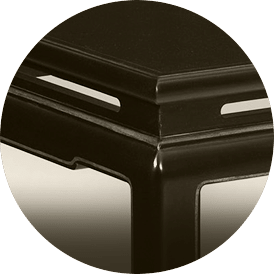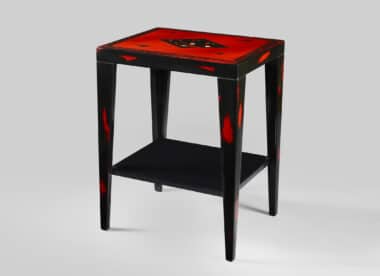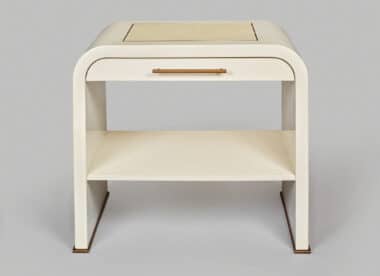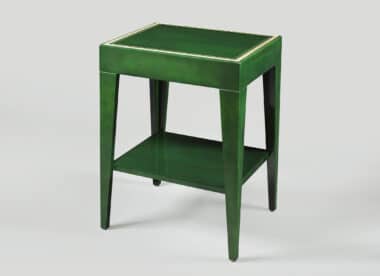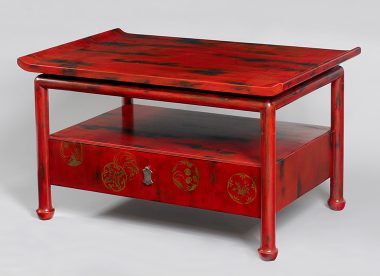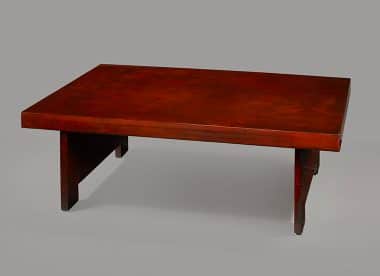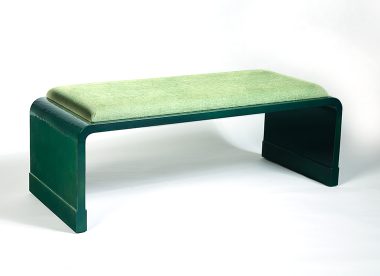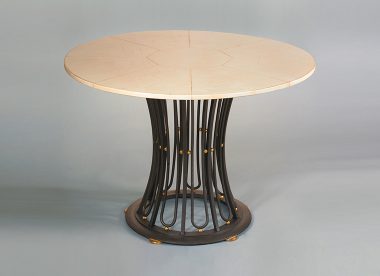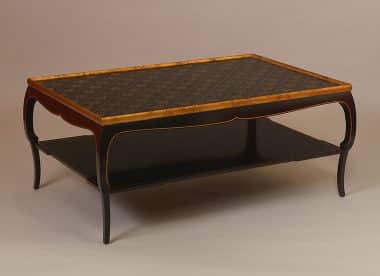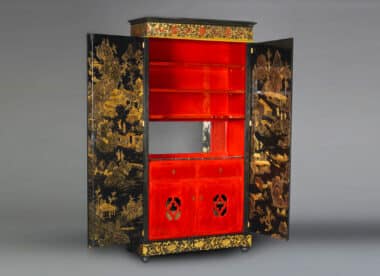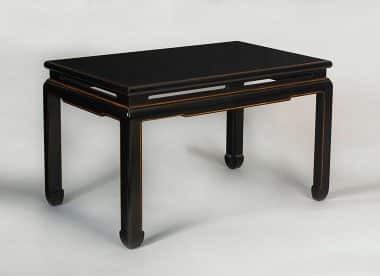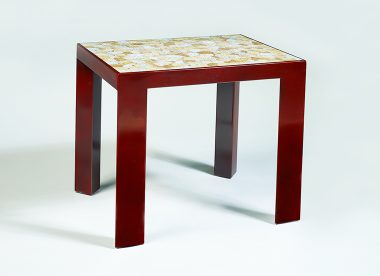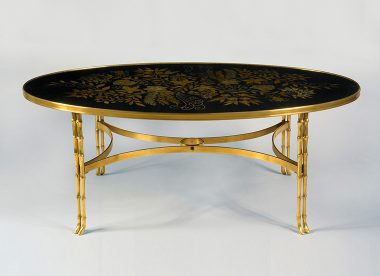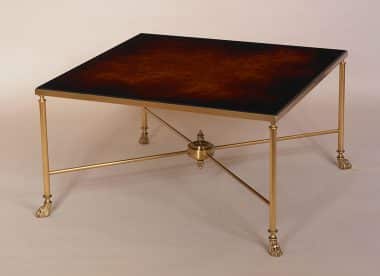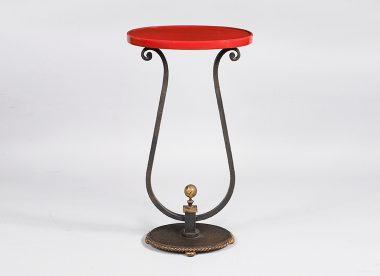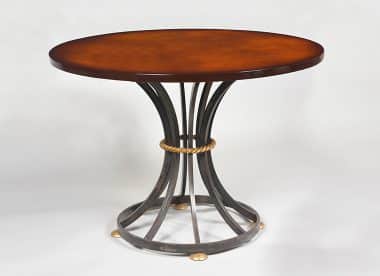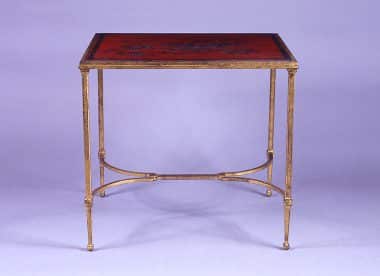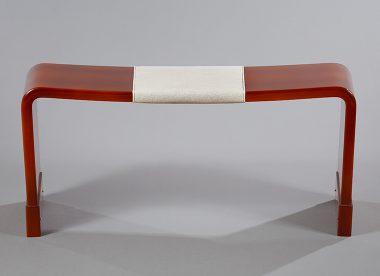ASIAN LACQUER
Asian artists and craftsmen have used the resin of lac tree for millennia. Mixed with pigments, Asian lacquer is a traditional artistic media in China, Korea and Japan.
Portuguese explorers discovered a sea route to the East around the southern tip of Africa and across the Indian Ocean in about the early 16th century. As a consequence, lacquer objects became available to European elites, along with other luxury items including silk and porcelain. The flow of goods increased in the early 17th century when the Dutch and English East India Companies began to bring goods to markets in Amsterdam and London. By 1700 many European country houses and palaces therefore contained examples of East Asian export lacquer.
The taste for oriental decoration grew in France in the middle years of the 18th century. As a result, dealers in luxury goods (marchands-merciers) dismantled imported Japanese cabinets and Chinese Coromandel screens. The expert Parisian craftsmen cut and bend the lacquer panels in order to re-use them on new French furniture. They balanced then the decoration on the finished piece with japanned additions. Mounts of gilded brass were often applied to disguise the joins. They provided a rich contrast with the lacquer. The demand for East Asian lacquer for use as veneer was great. As a result, very few Japanese cabinets survive intact in French collections.
In the early 1900s, means were devised to successfully transport Asian lacquers to Europe for application. Japanese craftsmen who knew how to use it had also arrived in Europe. Lacquer entered modern design during the Art Deco period, with renowned artists such as Eileen Gray and Jean Dunand.
The Irish architect and designer Eileen Gray studied the art of Japanese lacquer working in Paris with Seizo Sugarawa. Sugarawa was a Japanese artisan who had come to Paris to repair lacquer work exhibited in the Exposition Universelle of 1900. Gray became one of the first Westerners to work with true East Asian lacquer, which she applied to her own modernist furniture designs.
Jean Dunand was a French and Swiss lacquer, sculptor and interior designer. He began to work as a sculptor and a copper craftsman. He then appropriated in 1912 the secret lacquer techniques of Asia from the Japanese master lacquer artist Seizo Sugawara whom Eileen Gray had studied under. Inspired by his sculpting work, Jean Dunand combined the traditional methods of lacquer with his own contemprary geometric patterns. In addition, he used ivory, brown or pale green pigments and materials such as eggshell or gold and silver inlays.
Vosges designs and fabricates bespoke lacquer chairs, furniture, screens and tables.
› See further more lacquer furniture.
Image Wikipedia.







